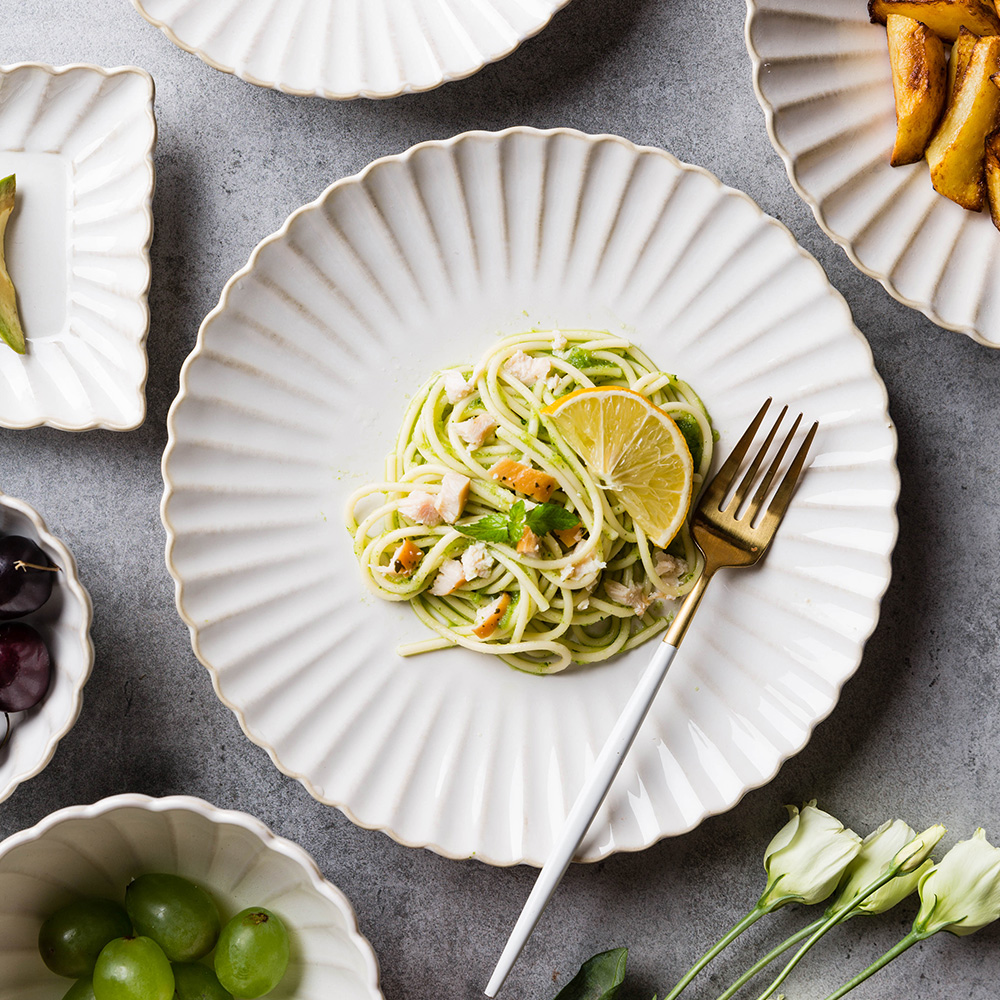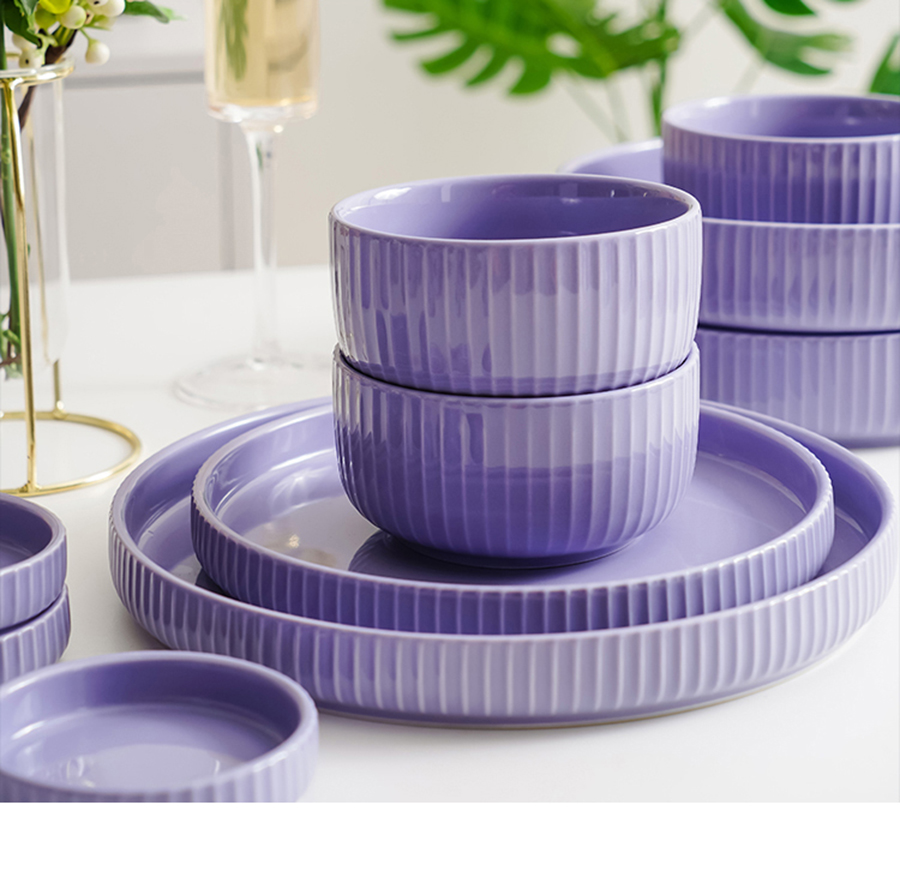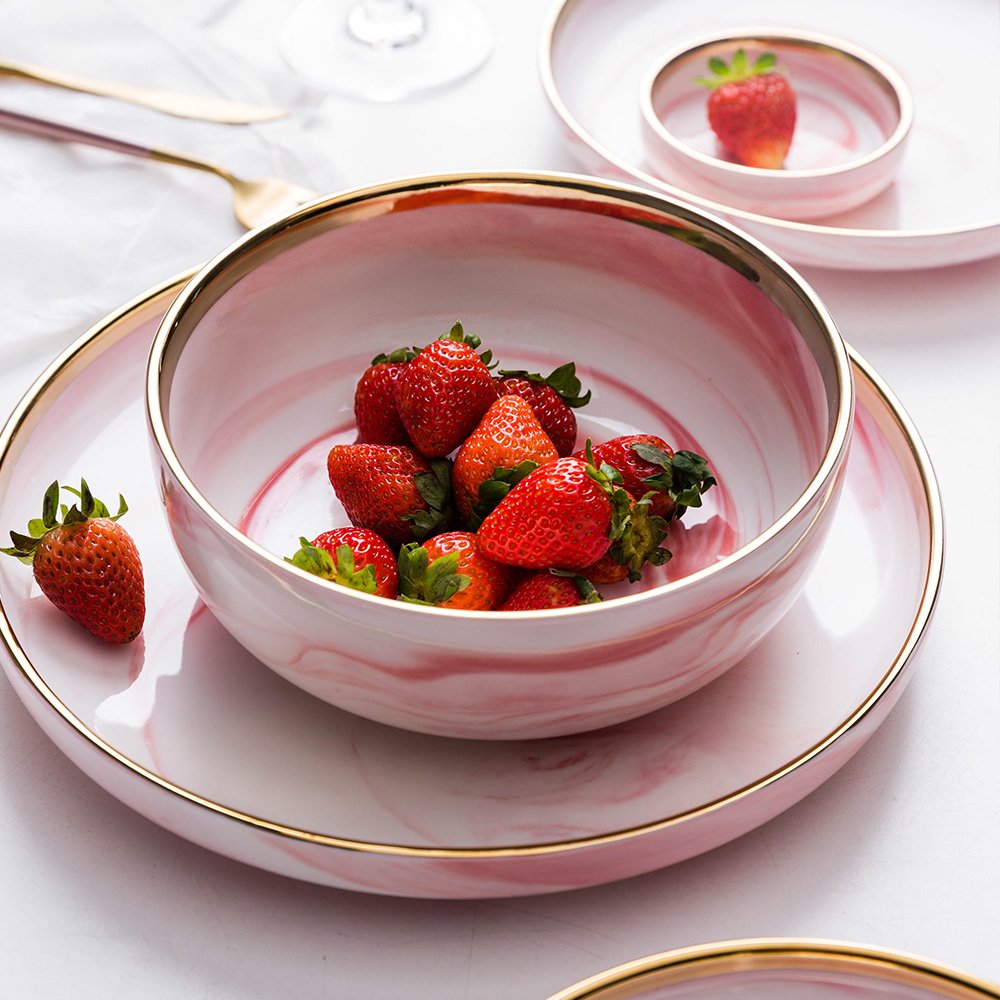Setting the table for a meal may seem like a simple task, but in reality, it’s an art form that can elevate any dining experience from ordinary to extraordinary. Whether it’s a casual family dinner, a formal gathering, or a special occasion, a well-arranged table can create an ambiance that enhances the enjoyment of food and the company of loved ones. In this comprehensive guide, we will delve into the world of table setting, exploring the key elements, styles, and techniques to master the art of stunning dinnerware arrangements.
The Importance of Table Setting
Table setting is not just about placing plates, glasses, and cutlery on the table; it’s about creating a harmonious and visually pleasing arrangement that complements the overall dining experience. A thoughtfully set table can set the tone for the meal, making guests feel welcomed and appreciated. It shows that the host has put effort and care into creating a memorable experience.
Essential Elements of Table Setting
Before we dive into the different styles of table settings, let’s explore the essential elements that make up a well-arranged table:
- Dinnerware: The foundation of any table setting, dinnerware includes plates, bowls, and serving dishes. Choose dinnerware that suits the occasion, whether it’s elegant fine china for a formal dinner or rustic stoneware for a casual gathering.
- Flatware: This includes forks, knives, and spoons. Ensure that the flatware is clean and polished, and consider adding specialized utensils for specific courses.
- Glassware: Wine glasses, water glasses, and other beverage-specific glasses add a touch of sophistication to the table. Place them above the knives, with the water glass closest to the guest.
- Napkins: Folded neatly or elegantly draped, napkins are an essential part of the table setting. They can be placed on the plates or beside them.
- Tablecloth/Placemats: A tablecloth adds elegance and helps protect the table’s surface, while placemats offer a more casual yet stylish alternative.
- Centerpiece: The centerpiece is the focal point of the table, and it can be a floral arrangement, candles, or decorative objects that complement the theme or season.
- Name Cards/Place Cards: For formal gatherings, personalized name cards can be placed at each setting to indicate where guests should sit.
Styles of Table Setting
- Casual Table Setting: This setting is ideal for everyday meals or relaxed gatherings. It’s simple, yet inviting, and allows for a more informal dining experience. Place the dinner plate in the center, with the napkin on top. To the left of the plate, set the fork, and to the right, place the knife and spoon. Glasses can be positioned above the knife.
- Formal Table Setting: For special occasions and elegant dinners, a formal table setting adds an air of sophistication. Start with a charger plate as the base, followed by a dinner plate, soup bowl, and salad plate if needed. The napkin can be elaborately folded and placed on the plate or in the water glass. The forks are placed on the left, with the salad fork on the outside and the dinner fork closest to the plate. The knives and spoons are on the right, with the dessert spoon and fork above the plate. Glassware is positioned above the knives.
- Buffet Table Setting: Buffet-style dining requires a different approach to table setting. Arrange the dinnerware and flatware at the beginning of the buffet line, with the napkins nearby. Glasses can be placed at the end of the line, close to the beverage station.
Creating Themes and Seasonal Settings
One way to elevate your table setting is by incorporating themes or seasonal elements. Themes can be as simple as a color scheme or as elaborate as a specific cultural or historical theme. For example, a tropical theme could feature vibrant colors, floral centerpieces, and tiki-inspired glassware. A winter theme might include silver and blue accents, snowflake napkin rings, and candlelight to create a cozy ambiance.
Final Tips for Stunning Dinnerware Arrangements
- Keep it organized: Ensure that each place setting is consistent and visually appealing. Align the dinnerware and flatware neatly and maintain uniformity throughout the table.
- Use appropriate serving dishes: Choose serving dishes that match the style of the table setting and are proportionate to the table size. Avoid overcrowding the table with too many dishes.
- Consider the guest experience: Factor in the comfort of your guests when arranging the table. Leave enough space for elbow room, and avoid tall centerpieces that obstruct sightlines.
- Lighting matters: The right lighting can dramatically enhance the atmosphere. Use candles or soft lighting for a warm and intimate feel, or bright lighting for a more modern and cheerful setting.
- Experiment and have fun: Table setting is an art, and there are no strict rules. Don’t be afraid to experiment with different styles, colors, and arrangements to find what suits your personal taste and the occasion.
In conclusion, mastering the art of table setting is an opportunity to express creativity and hospitality. A beautifully arranged table not only enhances the dining experience but also leaves a lasting impression on your guests. With the right dinnerware, flatware, glassware, and thoughtful touches, you can create stunning arrangements that turn every meal into a special occasion. So, set the table, add your personal touch, and savor the joy of sharing a beautifully arranged meal with loved ones. Bon appétit!



